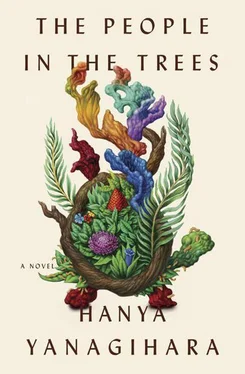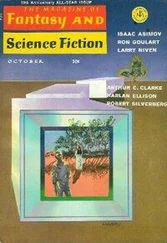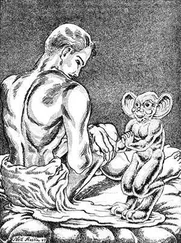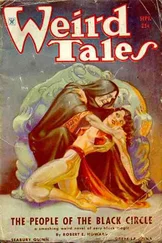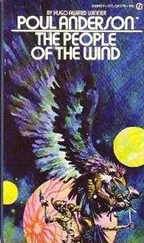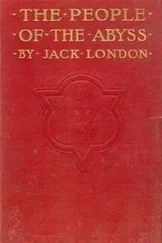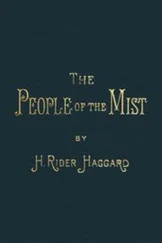23All three of the guides were boar hunters on U’ivu, where the hogs mostly keep to the forests on the Ta’imana range; they would have had great expertise not only scaling steep inclines but negotiating rough jungle terrain.
24Later Norton would speculate that Tallent might have been referring to a series of experiments that were conducted at St. Joseph’s around 1910 by a phrenologist named Murrow Upton, whose theories about skull size and proportion were considered quite fashionable at the turn of the century. Upton was particularly fond of saying that the Indians had been biologically ordained to lose their lands to the Europeans, which he was convinced could be proved by measuring their skulls, which he posited were both smaller and lighter than those of various European ethnicities.
25The opa’ivu’eke remains the only turtle in recorded history that can live in both fresh water and saltwater for sustained periods of time.
26Literally, “My spear, my self.”
27This concept of la —which Norton here translates as “meaningless,” though others have interpreted it as something closer to the Zen Buddhist concept of mu, or “nothingness”—is arguably the most important governing principle in traditional U’ivuan philosophy (not to be confused with their mythology, or their religion, which is largely animistic).
In The Land of La (New York: Farrar, Straus & Giroux, 1987), the theologian David Hohlt even argues that although Buddhism never reached U’ivuan shores, the core values of the belief system are “closer to early Buddhism than the way the religion is currently interpreted and adhered to throughout Asia today.” In fact, Hohlt writes, we can see the U’ivuan philosophy as a sort of ur-Buddhism, an argument for the theory that the belief system — and, by extension, history’s other major religions — was an inevitability, that its tenets are something man was destined to create for himself.
I myself have a la story, one I have always remembered from when I visited U’ivu, in 1972. It was very hot, and I was disoriented and groggy from the humidity, the bugs, the stenches. As I walked through the town’s circle of poor, flimsy huts, I came upon a group of three little Ivu’ivuan girls, all half naked, holding hands and moving slowly in a circle, chanting. They had the sort of high, pretty voices only very small children have — sweet even in their tunelessness — and I watched them move round and round, singing their song.
Later, however, when I told Norton of what I had witnessed, he said he knew exactly what the girls had been chanting. A nursery rhyme, I guessed. But it wasn’t; it was the first verses an U’ivuan child learns, a chant sung at both births and deaths:
What is life? La . What is death? La . What is the sun, the water, the sky, the forest? La . What is my house, my pig, my beads, my friends? La . But what is life without my spear? O, la. La. La .
28Among the many things that were unique to the U’ivuans was their way of measuring time. The U’ivuan o’ana, or year, is divided into four periods of one hundred days each. First comes the ‘uaka, or wet season, when it rains literally every day, sometimes for hours at a stretch. Then comes the lili’uaka, or “small rain” season, when the air is still damp but the rainfall less frequent and the temperature warmer. The next season, lili’aka, or “small sun,” is the most pleasant: there is rain in the morning, but it burns off quickly and the rest of the day is sunny and fairly arid, or as arid as a tropical climate can be. Last comes u’aka, the hottest season, when rain arrives only in unexpected, stingy splatters and even the trees seem to wilt under the relentless sun. (Although Norton does not specify, his journeys in Ivu’ivu probably began around the end of lili’uaka.)
Aside from these four seasons, the U’ivuans were remarkable for not measuring any increment of time: they had no sense of hours, minutes, weeks, or months; even their numeric system only went up to one thousand. A day began when the sun rose (or, in the case of ‘uaka, when the sky lightened) and ended when the sun set (or the night descended). People’s birthdays were marked by which day during the season they were born, so, for example, someone born on the seventeenth day of the small sun season would say that they had marked a year on lili’uaka oholole, or “small sun seventeen.” This means that because of their four-hundred-day year, a sixty-year-old U’ivuan would actually be 65.7 by the Western calendar. But Norton has used the U’ivuan calendar throughout this narrative to avoid confusion, as the majority of U’ivuan scholars have in subsequent studies and writings.
The past three decades have seen an erosion of many of the most compelling and distinct U’ivuan traditions, the result of a growing interest in the country — for which Norton always found himself to blame — and a great influx of Christian and Mormon missionaries, who were able, through their twentieth-century efforts, to gain a toehold that their nineteenth-century predecessors were not. Today the majority of U’ivuans adhere to the Western calendar and are fully conversant with (though do not necessarily abide by; U’ivuans are notoriously tardy) the civilized world’s definition of time.
29Of course, this is no longer true. Like everyone else on the planet, the U’ivuans have gotten taller, fatter, and longer-lived, themselves participants in that modern paradox in which we find ourselves becoming simultaneously healthier and less healthy. Today the average U’ivuan man lives to be sixty-three (women typically live a year or two longer), and although dysentery has been more or less eradicated with the introduction of plumbing, the primary cause of death for both men and women is currently heart disease — something once virtually unheard-of in the islands but now, given their new, tinned-food-heavy diet and love of alcohol, depressingly common.
30The U’ivuans and Ivu’ivuans spoke the same tongue, but Ivu’ivuans are now considered by linguists to speak “pure U’ivuan,” the original version of the language, unsullied and unchanged by, say, Western influences. A good example of this can be found in the word for hut: in Ivu’ivu, a hut was known as a male’e , but in U’ivu it had become simply a malé , apparently changed after a protracted and heavily concerted effort by a pedant of a late nineteenth-century missionary named Daniel Makepeace, who decided he would rid the language of its distracting glottal stops and what he characterized as its “extraneous syllables.” In the Ivu’ivuans’ language was a record not only of a people without encounters with the rest of the world but of a people completely ignorant of technology, jobs, and even, largely, time. There were no words for doctor, for example (a village midwife and a village herb man administered to the pregnant and sick), or light (as in electric light), or of any country other than their own. Indeed, as isolated as U’ivu often seemed to visitors, its inhabitants at least had some idea of the peoples and innovations and cultures that existed outside their own, even if they showed remarkably little interest in encountering them in person.
31A lithopedion, or stone baby, is a condition in which the fetus dies in utero and, being too large to be reabsorbed by the body (as the death usually occurs after the first trimester), instead calcifies to spare its host from infection. A woman can live perfectly normally for decades, even for her entire life, while carrying a stone baby; indeed, she can even bear other children. The phenomenon is, as Norton notes, extremely uncommon, a particularly ghoulish medical curiosity, and these days all but unheard of in the civilized world.
Читать дальше
